
From the bench to the EMBL Imaging Centre: when science meets art
Scientists share their experiences of creating stunning images at the EMBL Imaging Centre.
CONNECTIONS2025
connections
Showing results out of

Scientists share their experiences of creating stunning images at the EMBL Imaging Centre.
CONNECTIONS2025
connections
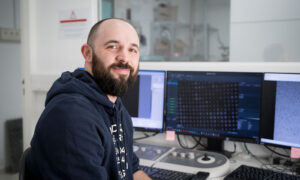
Romain Linares talks about his role in managing the cryo-electron microscopy facility at EMBL Grenoble, how he sees this technique evolving in the coming years, and his passion for astronomy.
PEOPLE & PERSPECTIVES2024
people-perspectives
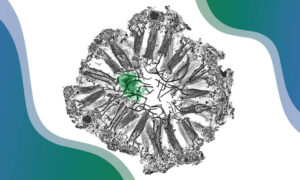
Imaging lets us observe biology in action – it makes visible the hidden processes of life. From its founding, EMBL has been a centre of breakthroughs and developments in bioimaging, and it continues to play a pioneering role in this field today.
SCIENCE & TECHNOLOGY2024
science-technology
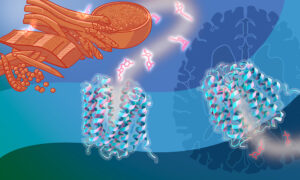
EMBL Hamburg scientists have gained molecular insights into how we absorb vitamin B1 – a mechanism with implications for disease and drug development.
SCIENCE & TECHNOLOGY2024
science-technology
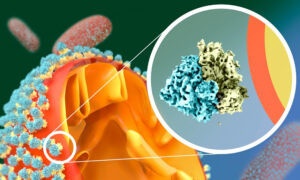
Scientists at EMBL Heidelberg and University of Virginia revealed a new cellular response to starvation: ribosomes attach to the mitochondrial outer membrane in a very unusual way, via their small subunit. The finding made in yeast might provide insights into how cancer cells survive the harsh…
SCIENCE & TECHNOLOGY2024
science-technology
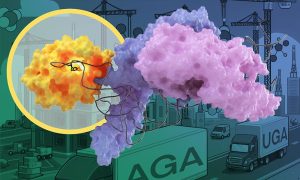
EMBL Grenoble’s Kowalinski Group analysed the structure of an enzyme responsible for modifying tRNA molecules to fine-tune protein production. They discovered that to distinguish almost identical, yet different, tRNA molecules, the enzyme uses help from another enzyme – a type of cooperation…
SCIENCE & TECHNOLOGY2024
science-technology
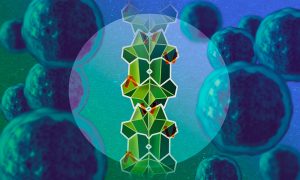
EMBL Hamburg scientists and collaborators discovered a new molecular mechanism in which an unstructured protein disables one of the main cancer-promoting proteins by gluing them into an elongated stack. Data from human patient samples support the role of this mechanism in prostate cancer…
SCIENCE & TECHNOLOGY2024
science-technology

Kyle Morris joins EMBL-EBI as Electron Microscopy Data Bank (EMDB) Team Leader.
LAB MATTERSPEOPLE & PERSPECTIVES2024
lab-matterspeople-perspectives

Users no longer need to download large datasets with the new galleries feature
2023
updates-from-data-resources
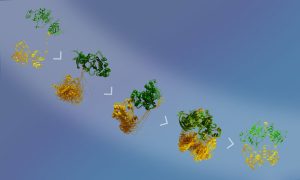
EMBL Grenoble and University of Geneva researchers shed light on the molecular activation of the MAP kinase p38α, the final ‘switch’ triggering the inflammatory response.
SCIENCE & TECHNOLOGY2023
sciencescience-technology
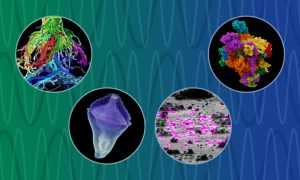
EMBL researchers and collaborators have begun an impactful innovation-development journey, thanks to a European Commission ‘IMAGINE’ grant.
CONNECTIONSLAB MATTERS2023
connectionslab-matters
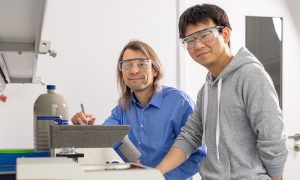
Home to some of Europe’s most cutting-edge tools in molecular biology, EMBL has long shared its expertise and access to these tools through an extensive repertoire of courses, conferences, seminars, and other training. And now included in this mix is a job shadowing programme at EMBL Imaging…
LAB MATTERSSCIENCE & TECHNOLOGY2023
lab-mattersscience-technology

Together with his team, Gergely Papp pushes the frontiers of technology development in the field of structural biology.
LAB MATTERSPEOPLE & PERSPECTIVES2023
lab-matterspeople-perspectives
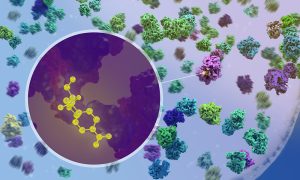
New research by EMBL scientists shows at atomic detail how antibiotics affect the process of protein production inside bacteria.
SCIENCE & TECHNOLOGY2022
sciencescience-technology
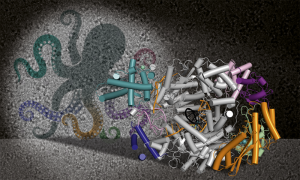
EMBL structural biology is part of an international collaboration addressing zoonotic disease caused by Lassa virus.
SCIENCE & TECHNOLOGY2021
sciencescience-technology
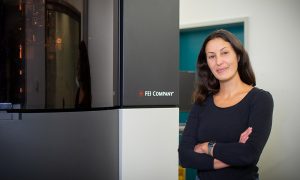
While cryo-electron tomography (cryo-ET) was first envisioned in 1968, the advances the Mahamid group are bringing to this 3D method for studying molecules directly inside cells are new, and are likely to greatly expand its use.
SCIENCE & TECHNOLOGY2020
sciencescience-technology
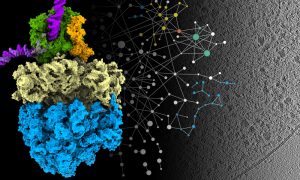
A new approach that allows researchers to see molecular machinery at work inside cells has offered a deeper understanding of how bacteria produce proteins and a unique glimpse into how they respond to antibiotics.
SCIENCE & TECHNOLOGY2020
sciencescience-technology
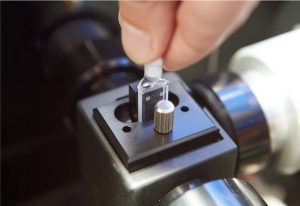
EU funding for iNEXT-Discovery consortium unlocks key technologies for structural biology
EMBL ANNOUNCEMENTSLAB MATTERS2019
embl-announcementslab-matters

Jacques Dubochet, Nobel laureate and former EMBL group leader, reflects on a key aha moment
PEOPLE & PERSPECTIVES2017
alumnipeople-perspectives

EMBL alumnus recognised for cryo-electron microscopy work
EMBL ANNOUNCEMENTS2017
embl-announcementsscience
No results found